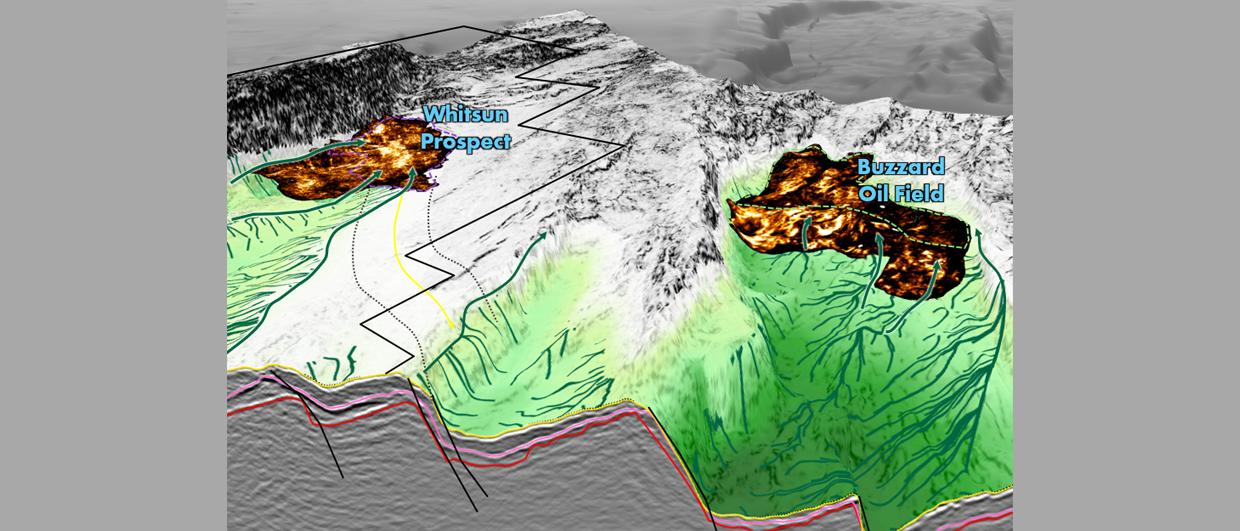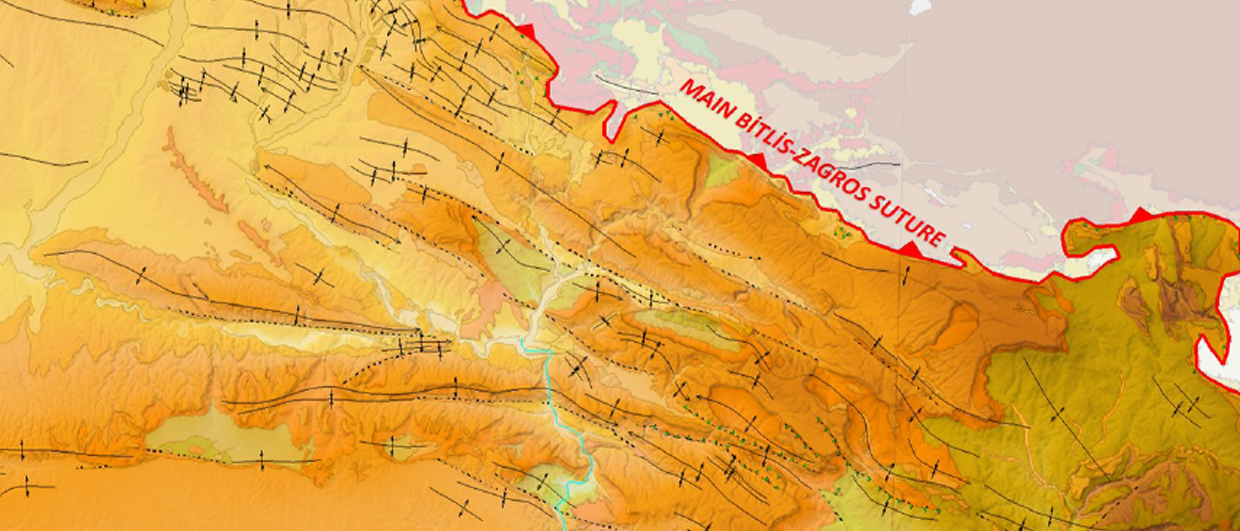“MCF Energy Announces Significant Gas Discovery in Austria“, is the headline of a press release issued a few days ago by Canadian player MCF Energy. That sounds like exciting news initially, but when reading the accompanying text, it may be a bit early to call this a discovery. Namely, wireline logging and pressure testing are yet to be carried out: “A suite of wireline logging tools, along with an MDT formation test tool, will be deployed for downhole pressure measurement, inflow testing, and formation fluid sampling in the targeted zones”, says the same press release.
Why would you announce a discovery when the actual proof is not there?
There are many wells where shows were reported that never made it into a commercial development. In fact, it can probably be stated that it is quite rare to drill a well into a sedimentary basin without any signs of hydrocarbons. As an example, well 30/7-7 in the Norwegian North Sea reported major gas shows in the Jurassic, but a subsequent DST failed to get gas to surface because of the formation being tight. More recently, in the Suriname-Guyana hotspot, CGX and Frontera had to explain to investors that the announcement of a significant hydrocarbon-bearing Santonian sandstone interval did not equal a similarly thick pay zone. The devil is in the detail, details that can be measured through a proper wireline and pressure testing campaign.
Back to Austria. The Welchau well, drilled by both MCF and Australia-based ADX, targeted the Steinalm reservoir. It is a fractured Triassic limestone that already proved to contain hydrocarbons in a well drilled nearby (Molln-01) in 1989. The press release also emphasised that above the reservoir, a 380 m sealing unit was found, belonging to the Lunz Formation. The presence of a strong gasoline odour released from the core is also being described in support of the potential of this “discovery”.
But, let’s not forget that this is all circumstantial evidence. The presence of a sealing unit is not a guarantee that a closure exists, and with this well being located onshore in a tectonically complex area, who says that there are no leaks? And, as geologist Rick Bass describes in his book “Oil Notes”, the importance of logging operations cannot be overstated. Only after completing a log run, a well can be properly classed as a success or a dry hole.
For all these reasons, it is too early to call Welchau-1 a discovery. An announcement of this kind should be made after the well has been properly logged and pressures being taken. Only then a valid statement can be made, and only then investors should embark on purchasing a few shares.




